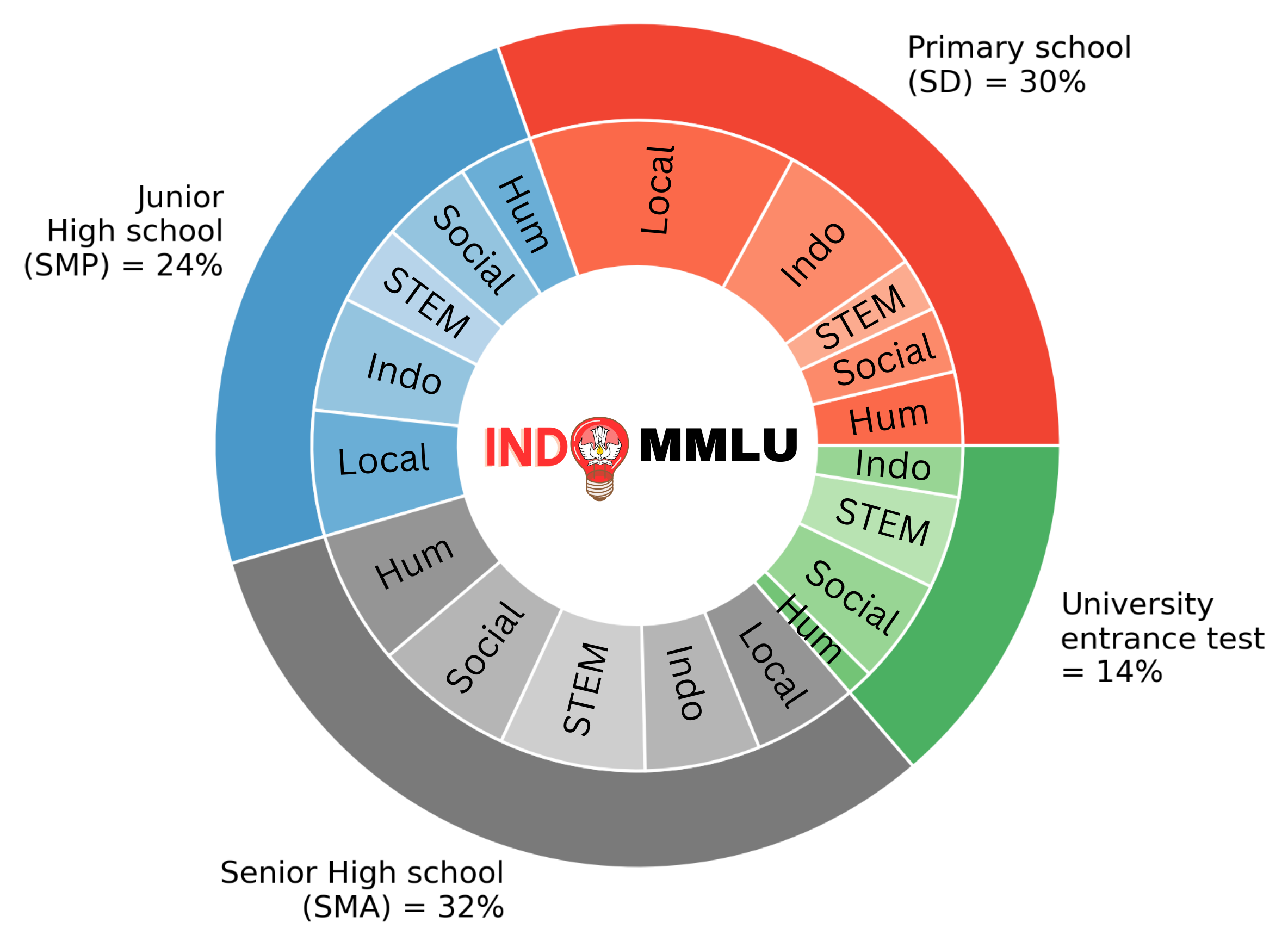Few-shot Learning with Multilingual Language Models
Large-scale generative language models such as GPT-3 are competitive few-shot learners. While these models are known to be able to jointly represent many different languages, their training data is dominated by English, potentially limiting their cross-lingual generalization. In this work, we train multilingual generative language models on a corpus covering a diverse set of languages, and study their few- and zero-shot learning capabilities in a wide range of tasks. Our largest model with 7.5 billion parameters sets new state of the art in few-shot learning in more than 20 representative languages, outperforming GPT-3 of comparable size in multilingual commonsense reasoning (with +7.4% absolute accuracy improvement in 0-shot settings and +9.4% in 4-shot settings) and natural language inference (+5.4% in each of 0-shot and 4-shot settings). On the FLORES-101 machine translation benchmark, our model outperforms GPT-3 on 171 out of 182 directions with 32 training examples, while surpassing the official supervised baseline in 45 directions. We conduct an in-depth analysis of different multilingual prompting approaches, showing in particular that strong few-shot learning performance across languages can be achieved via cross-lingual transfer through both templates and demonstration examples. Finally, we evaluate our models in social value tasks such as hate speech detection in five languages and find it has limitations similar to comparable sized GPT-3 models.
PDF AbstractCode
Datasets
Introduced in the Paper:
XStoryClozeUsed in the Paper:
 SuperGLUE
SuperGLUE
 XNLI
XNLI
 BookCorpus
BookCorpus
 COPA
COPA
 PAWS-X
PAWS-X
 ROCStories
CC100
ROCStories
CC100
 ARC (AI2 Reasoning Challenge)
FLoRes-101
XCOPA
StoryCloze
ARC (AI2 Reasoning Challenge)
FLoRes-101
XCOPA
StoryCloze





